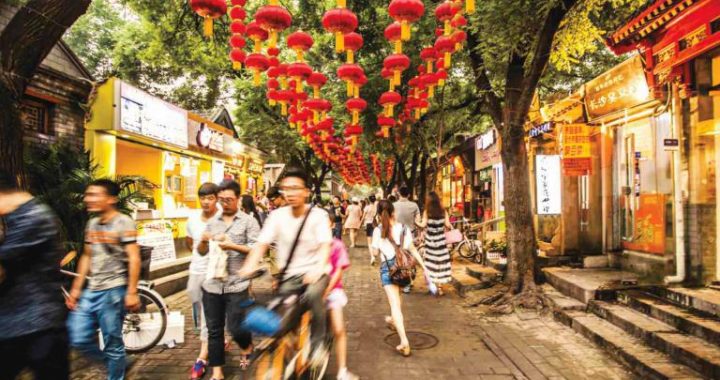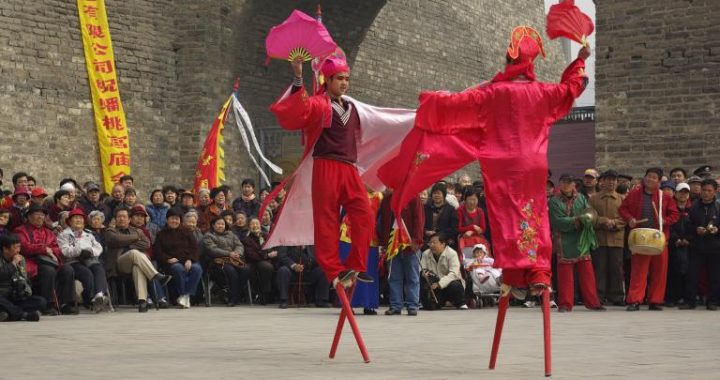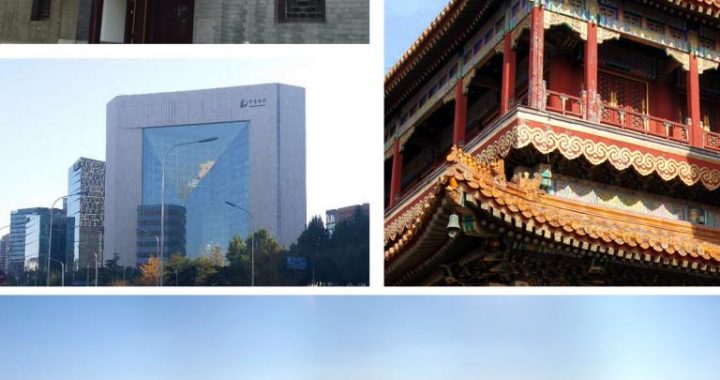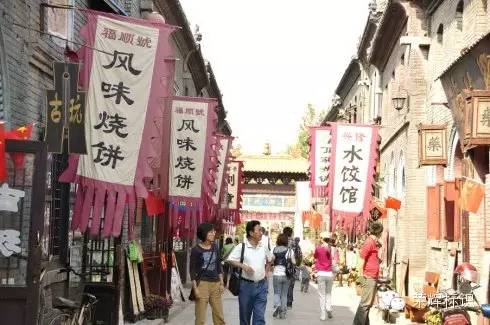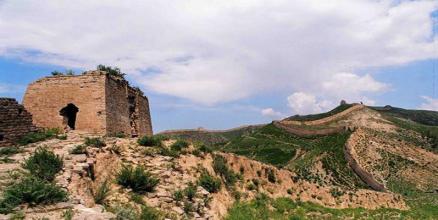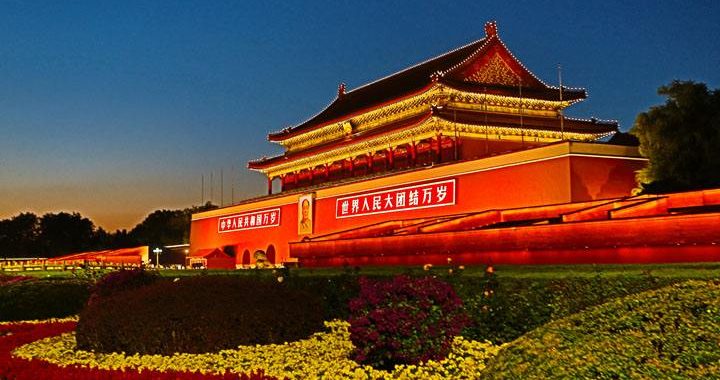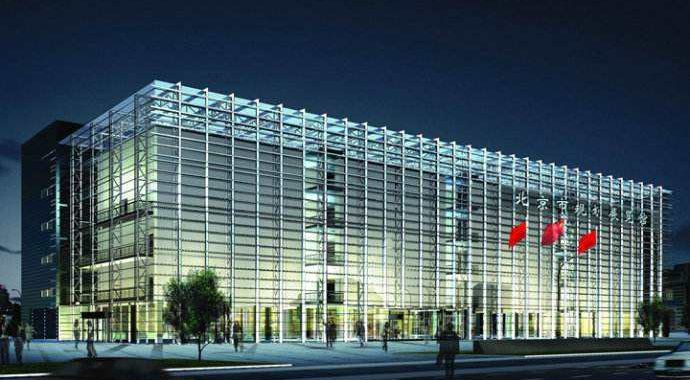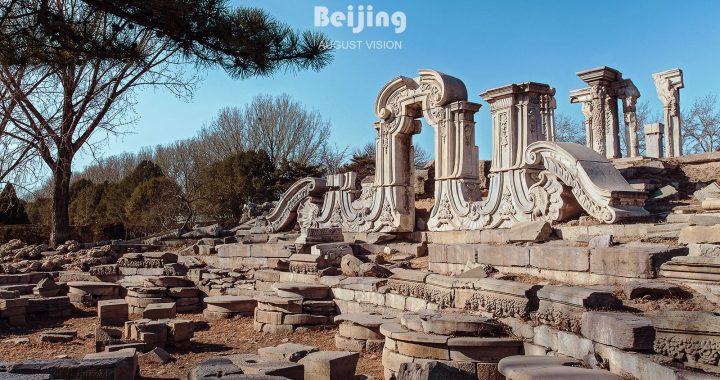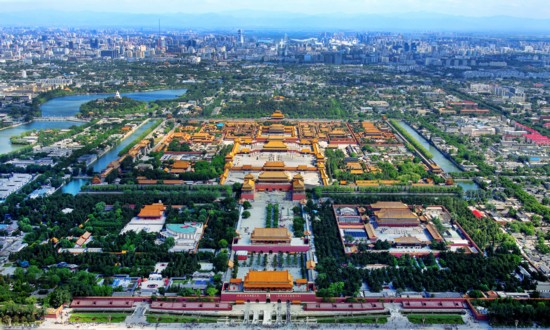Beijing New City Planning
6 min readThis old city of Beijing which was developed on the basis of Dadu City of the Yuan ynasty,has been considered an excellent example of the construction of feuda capitals in China’s history It embodied all the better the absolute power of feudal emperors.
But as a Chinese saying goes, “things will develop in the opposite direction when they become extreme. The planning and designing of the old city of Beijing demonstrated that the autocratic feudalism in Chinese history had gone to its extreme. And this extreme autocracy led to its own collapse In 1911, the democratic revolution led by Dr Sun Yat-sen broke out. It put an endto the domination of feudal dynasties which had lasted over two thousand years in China.
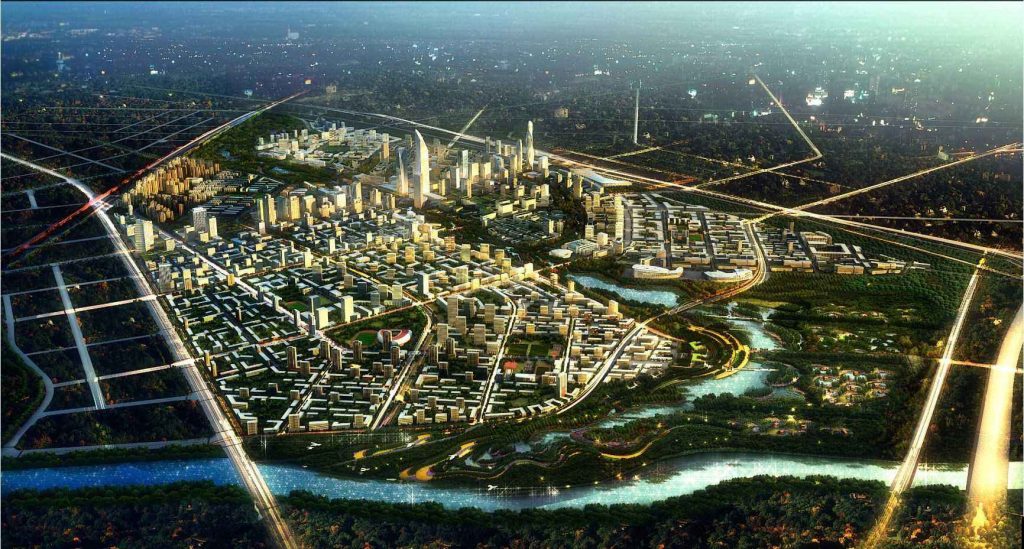
In 1919, the May Fourth Movement broke out in the old city of Beijing. It marked the prelude to China’s new democratic revolution.
After 30 years’ hard and bitter struggles, the Chinese people succeeded achieving their liberation in 1949. During the most arduous struggles, many people, including the great internationalist Dr Norman Bethune, sacrificed their lives On October 1, 1949, Comrade Mao Tse-tung solemnly proclaimed the birth of the People’s Republic of China, on the rostrum of Tian An Men Gate(Heavenly Peace Gate) The old city of Beijing became the capital of the People’s Republic of china We were confronted then with a new question How should we transform the old capital planned and designed in the interest of the feudal emperors into a new capital of the people who live in the new era of socialism?
We know very well that the guiding principle of the planning and designing of the old city of Beijing was to extol the absolute power or autocratic monarch. Now what should be the guiding principle of the overall planning of the new city of Beijing which serves as the people’ s capital in the new socialist era?
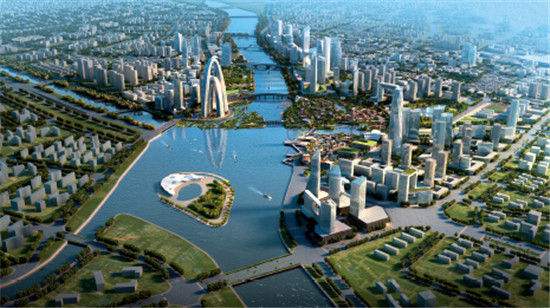
The transformation of the old city of Beijing started as soon as it was made the capital of the People’s Republic of China, to meet the needs of a new era. In addition to the establishment of a special city-planning institution, three guiding principles have been formulated: it must serve first, proletarian politics, second, industrial and agricultural production, and third, the labouring people To serve proletarian politics means to turn the old city, which was constructed in the past to satisfy the political needs of the feudal emperors, into a new one which will best suit the political demands of a people ‘s capital in the new era of socialism To serve industrial and agricultural production means to turn the old city which used to be the largest consumer centre in the country, into a base for modernised industrial production and centre of well-developed suburban agriculture To serve the labouring people means to completely reform the slummy districts swarming with working people in the past, and on an overall scale, give preference in our city planning to those projects of urban construction which will satisfy the immediate needs in their lives. Under guidance of these three principles, great achievements have been made in both the city planning and the construction of Beijing and profound changes have been brought about in its functions and appearance during the last thirty years. There are experiences of success as well as lessons of disappointment in the process. However, to comment on them at length here would be both unnecessary and beyond my power. As a scholar of the historical geography, the question I would like to put forth for discussion is exactly the one which I posed at the conclusion of my last lecture. I shall repeat it here How do we transform an imperial capital which was once planned and designed for the benefit of feudal emperors in the past into a people’s capital of the socialist new era? Or rather, in contrast with the theme of glorifying the supremacy of feud monarchs as illustrated in the city planning of the old Beijing, what new theme should ve adopt for the city planning of today’s Beijing serving as a people’s capital and how can such a theme be effectually materialised?
This problem is not merely one of engineering technology, but above all, one of great significance to the development of history and culture In China today, with the transformation of social system, the values of an age-old tradition are also undergoing unprecedented changes. We could never imagine that a new socialist culture would drop from the sky, nor could it be transplanted from a certain foreign land. It can only grow up out of its native soil. For instance, isn’t the Renaissance, Which had its root in ancient greek and roman culture, and which in turn with a completely new mental outlook, created a great new epoch in European culture of the Middle Ages, such a shining precedent?
In China today, people have also been discussing and looking forward to the advent of a great new era of renaissance, sprouting out of its native soil. Consequently how to regard one’s own historical and cultural heritage becomes a problem of considerable importance.
Our basic principle is critical inheritance during the long period of feudal societthe Chinese people have created a magnificent ancient culture, which, however, also contains some feudal dregs it is wrong to accept ancient culture without discrimination, and equally wrong to reject it altogether; the only correct attitude, of course, is to assimilate its essence and discard its dregs, to make the past serve the resent and weed through the old to bring forth the new so as to create a new culture characteristic of the epoch, on the basis formed in the course of history Naturally, during this process of creating a new culture, it is necessary for us to endeavour to absorb all that is advanced from other countries to serve our own purpose, to use a catch-phrase, “to make foreign things serve China So far, we have only touched upon abstract principles. But I’ ve already digressed too far from the point in question. So let us return to it now In fact, the old city of Beijing which has been kept intact all through is part of China’s historical and cultural legacy. The reconstruction of the city shall also be carried on under the guidance of the principle of critical inheritance. First of all, we should keep one thing in mind; that is, as a people’s capital of the socialist new era, it must adopt a theme for its city planning in praise of the people, of their strength, their dignity, of the truth: The people, and the people alone, are the motive force in the creation of the world. “It should not only demonstrate the great creations of the people in the past, but also embody the stark reality that the people have become masters of their country. The fulfillment of this new theme shall serve as a thorough criticism of the old theme centred upon the eulogy of the supremacy of the feudal monarch.
How to bring about the fulfillment of this new theme is a problem of vital importance in the new city planning of Beijing seems to be a very difficult problem, but actually many valuable experiences have been gathered during the transformation of the old city of Beijing since liberation, and need to be summed up and brought up to a theoretical height so that they may give further guidance to the city planning and construction of Beijing later on. I shall cite only one example here, the reconstruction of the Tian An Men Square for illustration.
